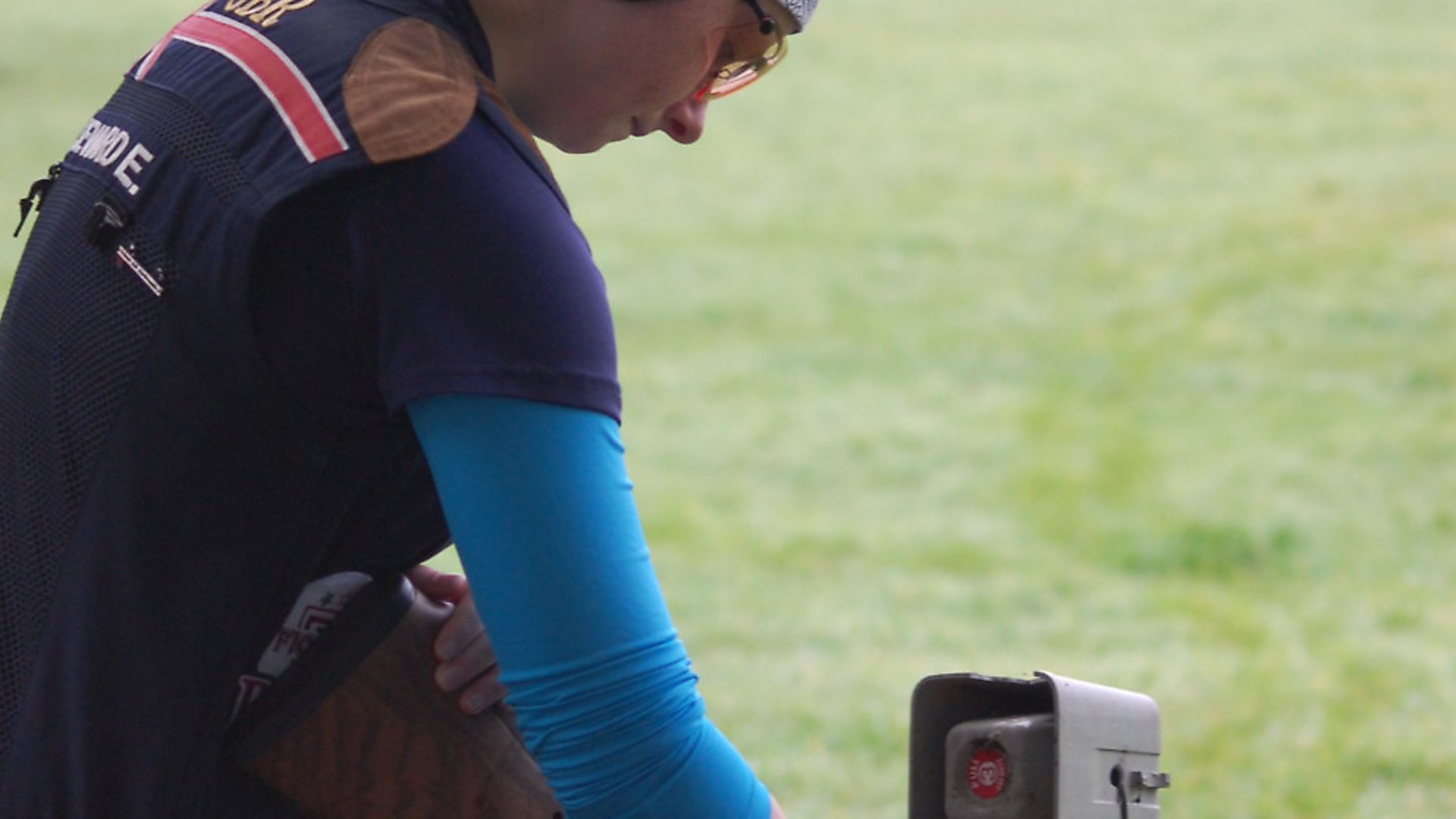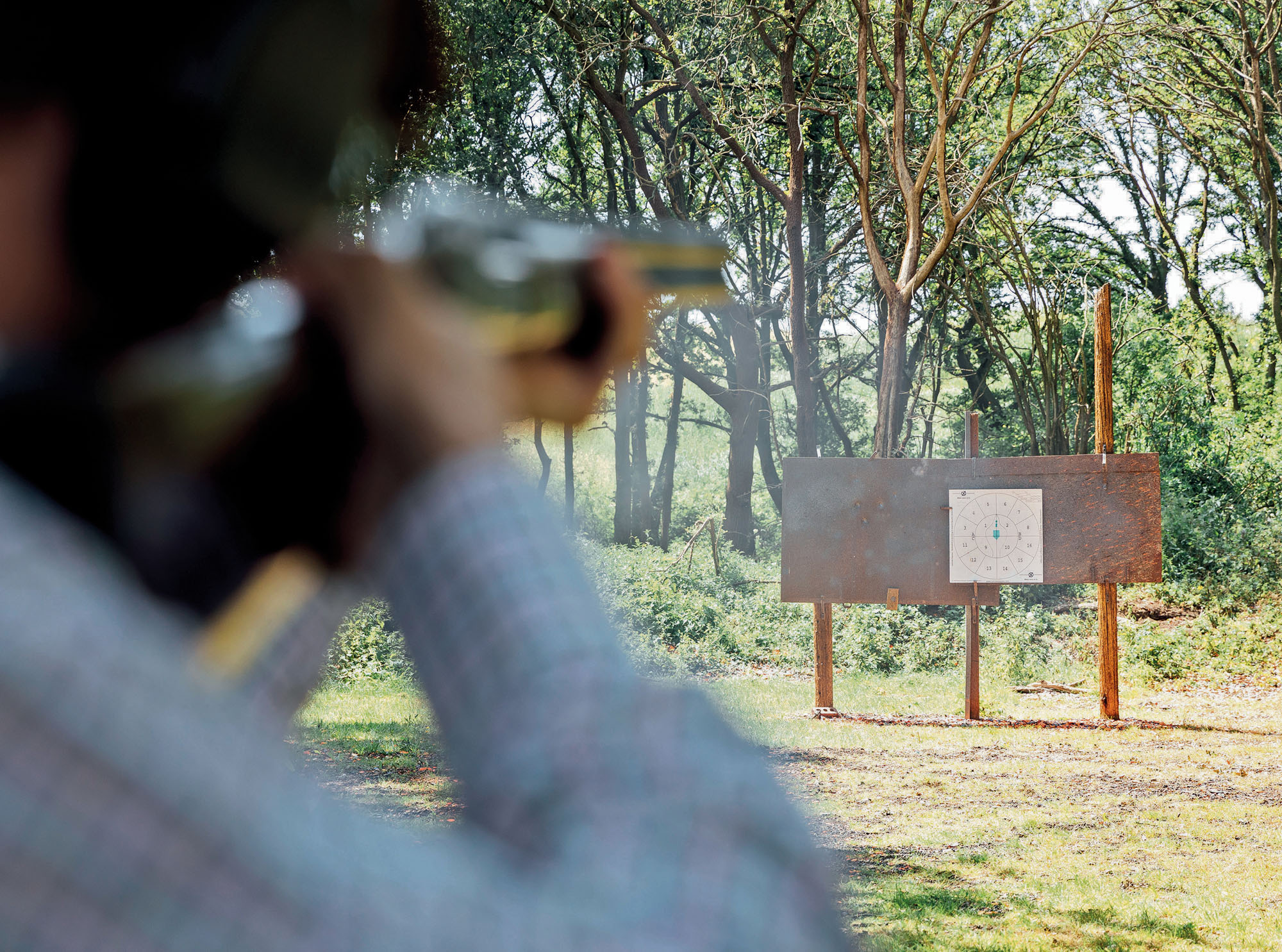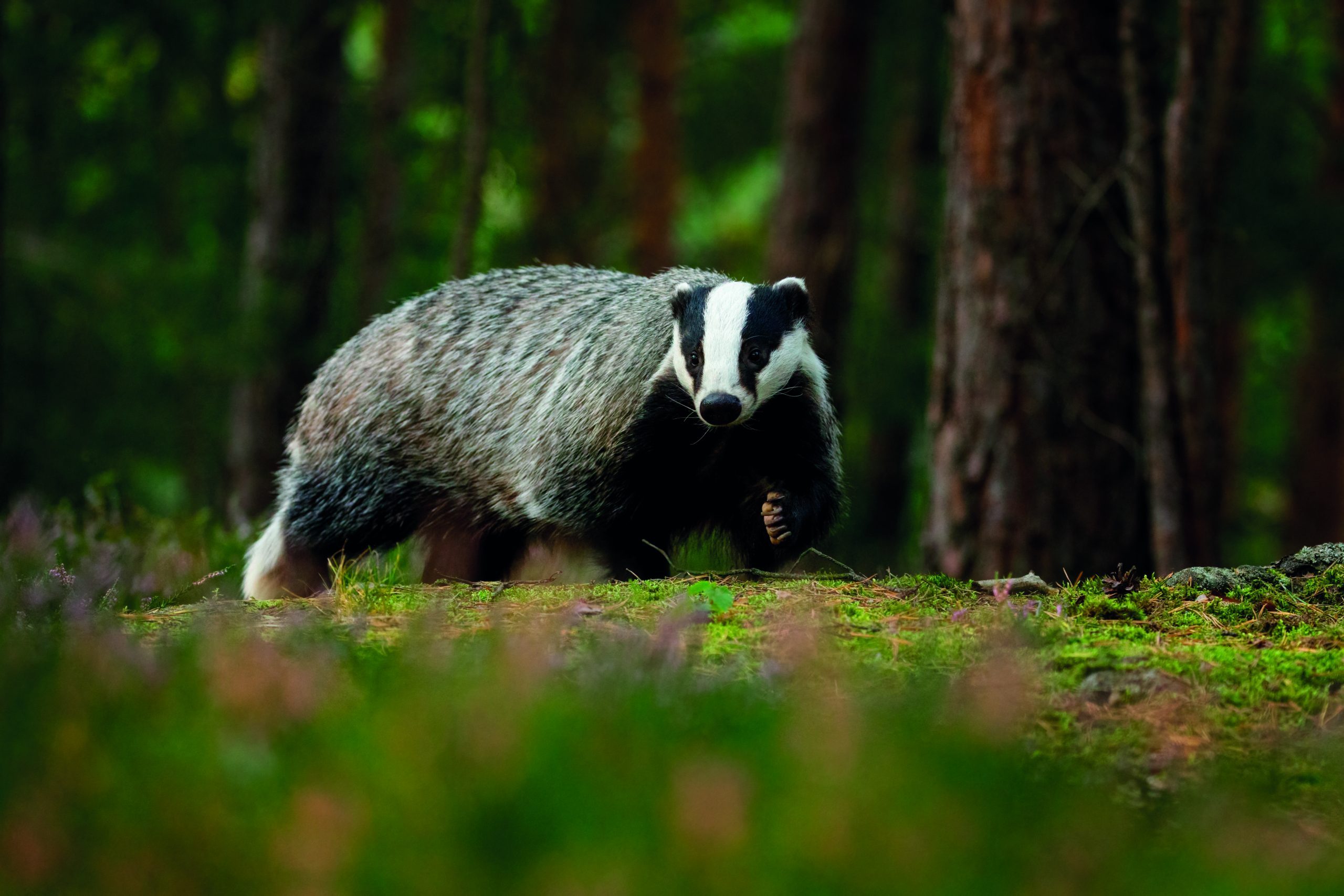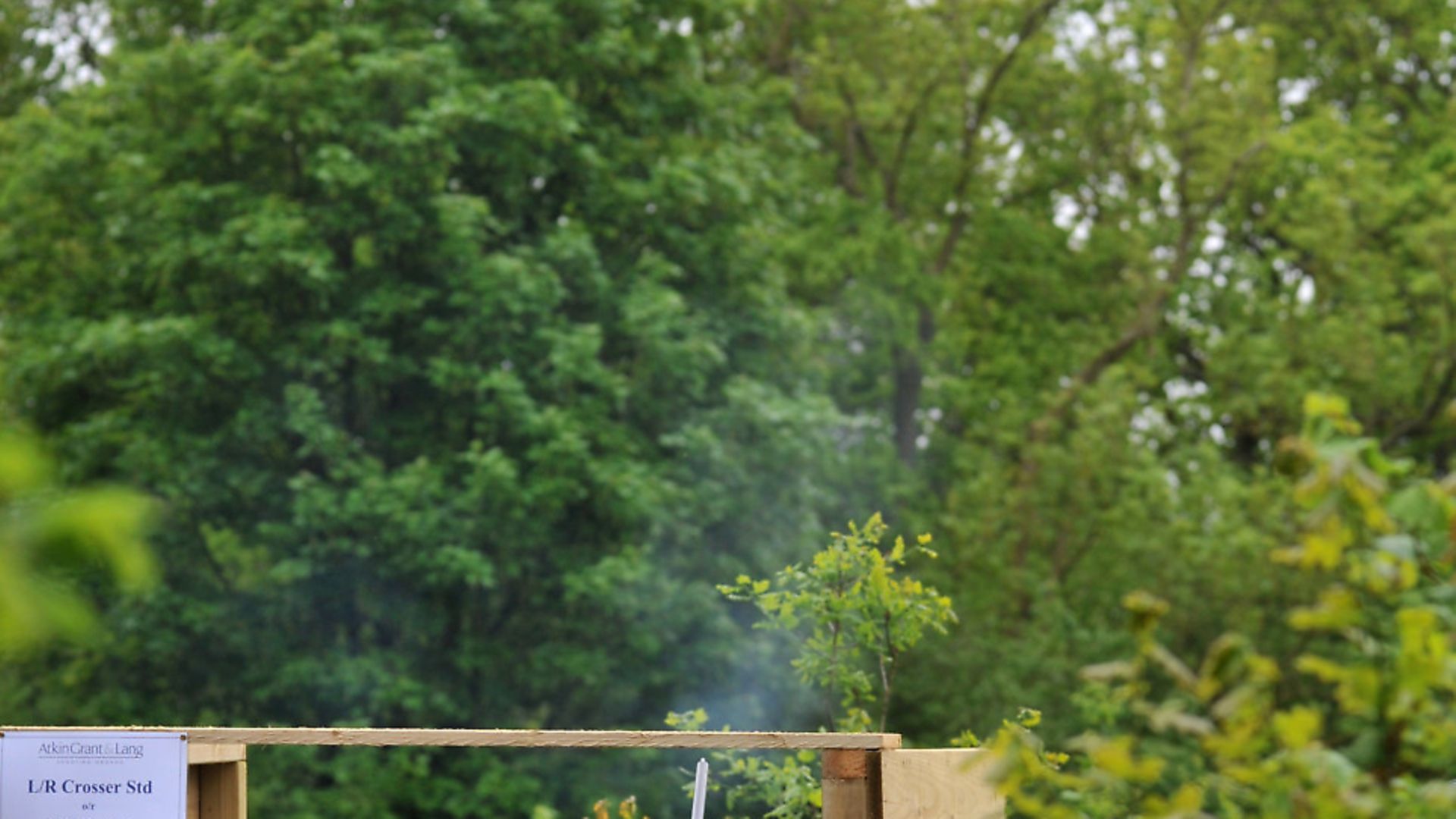How to: analyse your clay shooting performance

In-depth analysis of our mental and physical performance is the key to improving our shooting performance, writes Christian Schofield, Talent Pathway manager

PICTURE THE SCENE…
You arrived at the ground and the conditions were ideal. It was sunny and you had a good feeling about the day. As you entered the competition, you were surprised to receive some unexpected prize money from last month. Everything was just about perfect.
Luck seemed to be on your side and you shot brilliantly. At the end of the competition, you were congratulated and told that you looked focused and in control. You were happy because you’d come third overall and won your class, but deep down you were dissatisfied. You hadn’t shot your personal best and had missed some easy targets. While you know the technical reasons for your misses, you don’t know why you keep making the same mistakes.
a few thoughts…
On the journey home, it is common for shooters to focus too greatly on their misses. There are always lots of ‘if only I could have’s, rather than looking for solutions to the underlying issues. The good score seems irrelevant, and it’s easy to simply just get annoyed about the misses. But then, once home, life goes on and the chance to analyse the day’s shooting properly is lost. If we are to find a way to improve, however, we need to build on those initial thoughts before they are forgotten. As you would expect, coaches and sports psychologists have given the subject a great deal of thought and have produced many models to help us review our endeavours productively.
One such helpful reflective process is provided by Graham Gibbs:
n Event description
n Feelings and thoughts
n Evaluation
n Analysis
n Conclusion
n Action plan
The description of our shooting should be detailed. We should try to use notes we made at the time, get observations from our coach and, if possible, use videos of the day’s shooting. Together, these things will help us develop the story of our shooting.
It is important to spend time on the second step of remembering our feelings and thoughts as these are the essential ingredients of the process. How we felt and what we thought at important moments throughout the competition are key to understanding our actions. Our thoughts are our reality at that moment, and will most likely have affected our actions.
As well as interrogating our technical plan, which consists of such things as where we looked and held our gun, we must also interrogate the plan that we had for managing our mind – what did we think about? We need to know how our thoughts affected our plans. Did we think such things as, I hope that I don’t miss this? We should try to remember what we were thinking about, and also try to understand why we thought these things and what the circumstances were that influenced our thoughts.
Evaluation is linking the evidence we have for what went well and not so well. It is the process to identify patterns of action and thought. By producing our shooting story, we will begin to see patterns such as missing the first target or struggling with the last. If we can link our thoughts with our actions, we can create a better understanding of the result. It is not just the act of shooting we must think about, but also what we do before we get onto the stand or line. What are our thoughts when we see someone very capable make a hash of it? Do we go through plans of how we will shoot, only to change our mind as we are about to call ‘pull’?
Having produced our story, we must now look back at it and understand what led us to act in the way that we did. This analysis is the basis on which we will develop plans to address faults and enhance what we do well. Professor Ian Beveridge suggests that we will learn more if we notice and feel our successes.
Having brought together all the information into a coherent story, we should now look to see how our attitude affects our actions. Where do we gain our confidence from? What puts us in a good mood and allows us to focus effectively? Conversely, what distracts us or causes us to doubt our ability? Through understanding why we act and think in certain ways, we will begin to see how we can do things differently. We should ask, what is stopping me? It is also an opportunity to look at how our actions compare with established theory. Are we aligned with current thinking?
Our conclusions are the answers to the questions we have raised in our analysis of our shooting. These should be as detailed as possible if our investigation is going to reveal our true self. We should be prepared to feel uncomfortable about our analysis and conclusions. If we have reflected well, we should have answered these questions:
n What could I have done differently?
n What have I learnt about myself?
n What have I learnt about my current level of knowledge?
n Has my reflection achieved what I thought it would?
The product of our reflection is a plan to improve knowledge, technique and mental application. However, it is a difficult process, so we shouldn’t be surprised if we find that new questions continue to arise. If this happens, we should return to the evaluation and analysis stages. We should also be aware that we might need many sessions of shooting and reflection before we see real benefit. But it’s worth it! In the words of Aristotle: “Knowing yourself is the beginning of all wisdom”.
Christian Schofield is the British Shooting Talent Pathway manager. You can learn more about Talent Pathway here






